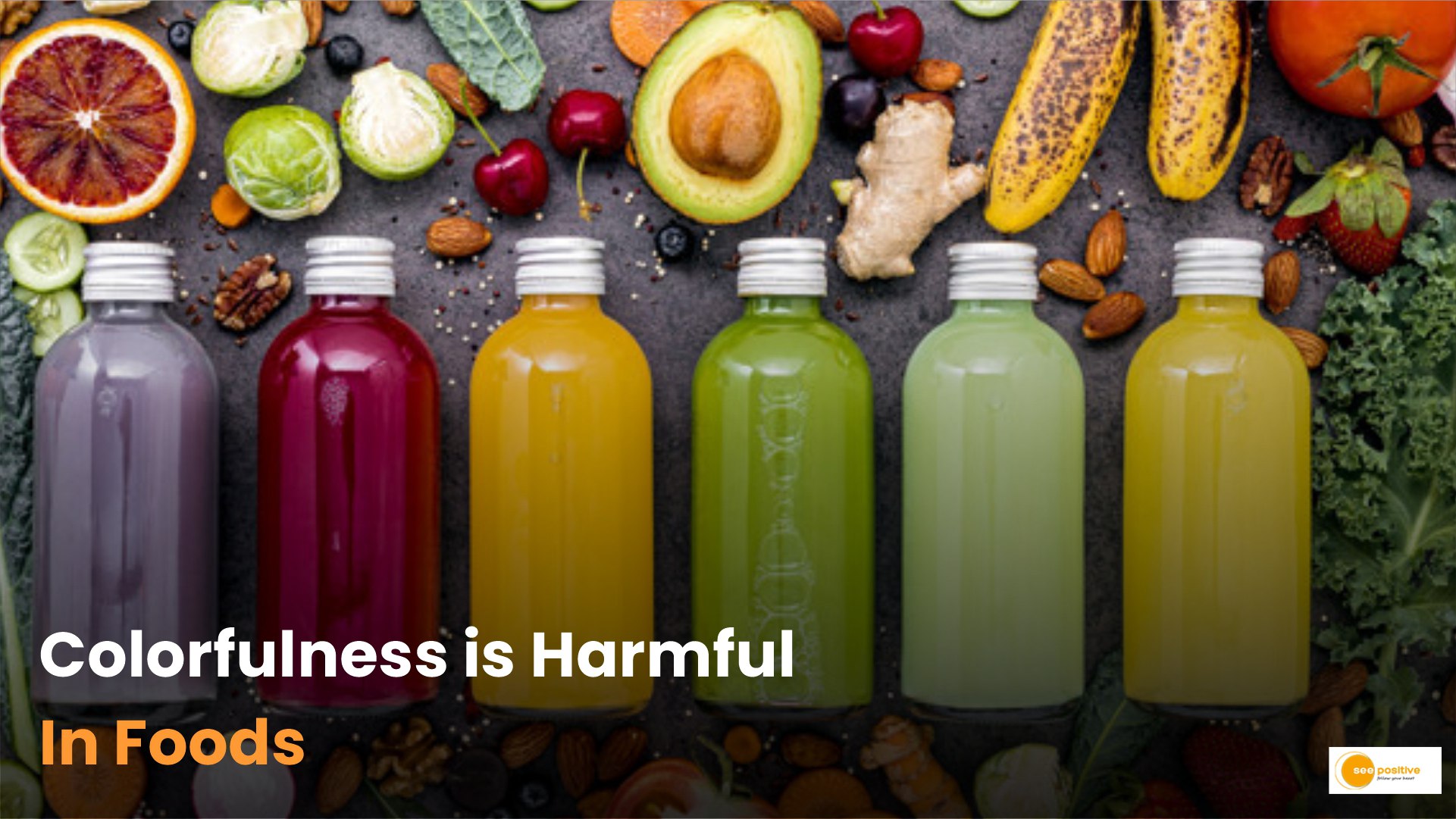Food Colors: Food coloring is frequently used in many processed and packaged foods we consume today. In India, we often find bright, colorful foods like sweets, soft drinks, chips, and pickles containing artificial colorings. While these colors make food look more appealing, they pose significant health risks that cannot be ignored.
Risks of Artificial Food Coloring
Artificial food colors are made from chemicals that can negatively affect our health, especially when consumed regularly. One of the main concerns is the risk of allergic reactions. Many people, particularly children, are sensitive to these chemicals. After eating food with artificial colors, they may experience symptoms like rashes, headaches, or other allergic reactions.
More Harmful For Kids
Another concern is the link between food coloring and hyperactivity in children. Studies suggest that certain artificial colors can cause children to become more restless, distracted, and unable to focus. This can impact their learning and behavior, making it difficult for them to concentrate on daily tasks like schoolwork. Research has shown that some artificial colors can cause irritability or mood swings, affecting a child’s emotional well-being.
Effects Digestive System
Some artificial food colors, like Red 40 and Yellow 5, have even been linked to cancer in animal studies. Although the connection in humans is still being studied, the potential risk raises alarm about the safety of these chemicals. Additionally artificial food colors can cause digestive issues in some individuals, leading to nausea or discomfort after consumption.
Natural and Organic Food Coloring Alternatives
Thankfully, there are many organic and natural alternatives to artificial food colors. In India, we have a long history of using natural ingredients to add color to our dishes. These organic options not only enhance the appearance of food but are also safe for our health.
Turmeric
Turmeric (Haldi) is one of the most popular natural colorings, providing a bright yellow shade. In addition to its vibrant color, turmeric is known for its health benefits, including its anti-inflammatory properties, making it a great alternative to synthetic yellow dyes.
Beetroot
Beetroot is another excellent natural option, offering a rich red or pink color. It is commonly used in sweets such as barfi and halwa, and it is packed with vitamins and nutrients, making it a much healthier choice than artificial red dyes.
Spinach
For natural green coloring, spinach (palak) is a fantastic option. It can be added to cakes, ice creams, and other desserts, giving food a lovely green hue while boosting its nutritional value with iron and essential vitamins.
Saffron
Saffron (Kesar) is another traditional Indian ingredient used to provide an orange-yellow color to dishes. Though it can be expensive, saffron adds both color and flavor to foods like kheer and biryani. A small amount goes a long way in providing vibrant color to meals.
Cocoa powder
If you need a natural brown color, cocoa powder is a great choice. It’s commonly used in cakes, chocolates, and desserts, offering a rich brown hue while adding a delicious chocolate flavor.
Blueberries
For natural blue or purple coloring, fruits like blueberries and grapes are perfect choices. These fruits are rich in antioxidants and provide beautiful shades of blue and purple for jams, cakes, and drinks.
We should be cautious
While artificial food coloring might enhance the appearance of food, the health risks associated with them, especially for children, are too serious to ignore. By opting for natural and organic alternatives, we can enjoy colorful foods without exposing ourselves to harmful chemicals. India’s long-standing tradition of using natural ingredients like turmeric, beetroot, and saffron for food coloring should be embraced, as these organic options not only make food look beautiful but also provide health benefits. Switching to natural food colors is a simple yet effective way to protect our health and well-being.


